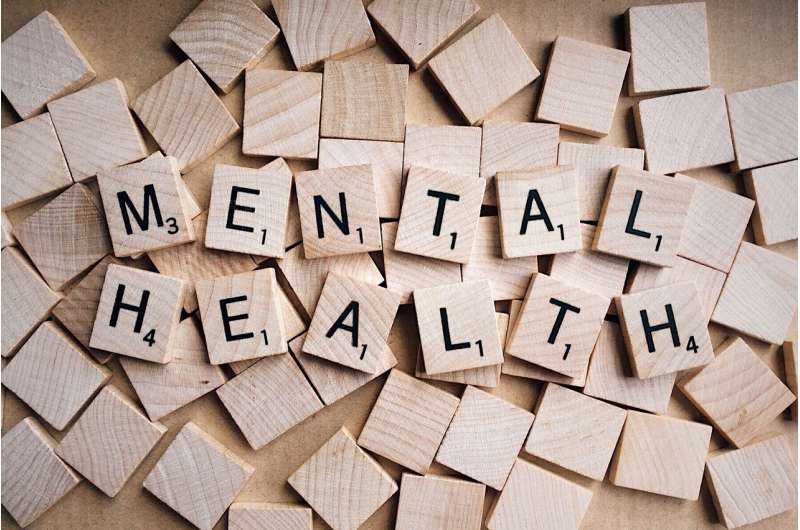tylenol cause high blood pressure

For the first time, researchers have looked in detail at the reasons why some people do not receive the care that they need when they attend emergency departments following self-harm. This new research was co-designed and co-authored with people who have lived experience of mental health services and self-harm.
The research, “Wasn’t offered one, lasix lincoln ne too poorly to ask for one—Reasons why some patients do not receive a psychosocial assessment following self-harm: Qualitative patient and carer survey,” was carried out before the COVID-19 pandemic and published in the Australian & New Zealand Journal of Psychiatry today. It was funded by the National Institute for Health Research Greater Manchester Patient Safety Translational Research Centre (NIHR GM PSTRC). The Centre is a partnership between The University of Manchester and Salford Royal NHS Foundation Trust.
Dr. Leah Quinlivan, from The University of Manchester and Research Fellow in the GM PSTRC’s Mental Health theme, led the study, and said: “We know self-harm is an important risk factor for suicide. Hospital attendance with self-harm represents an important opportunity to help alleviate distress and prevent suicide. However, the number of people who actually receive a mental health assessment when they attend A&E following self-harm varies widely. Overall, previous research has found that around half of people attending A&E don’t get one.
“We know that the risks for people who have harmed themselves are particularly high immediately following hospital attendance with self-harm, so it’s crucial they receive a mental health assessment. The risks are even higher when alcohol is involved and may be higher for women than men.
“That’s why our research is so important when looking at how to improve the safety of people who have attended A&E for self-harm. We have identified some of the reasons why there may be gaps in care from the perspective of people using services. This work could only have been completed with the involvement of patients and carers throughout the entire research process.”
The study found that potentially unsafe misconceptions about self-harm could influence who did and didn’t get help in some emergency departments. Despite the NICE guidelines that suggest everyone should receive an adequate assessment, some people who took part in the study told researchers that they were excluded from care if there was any presence of alcohol, they had repeated self-harm, or weren’t judged to be at high enough ‘risk.”
Dr. Leah Quinlivan added: “Mental health is rapidly transforming as part of the NHS Long-Term Plan; and self-harm is recognized as a key area for quality improvement and policy. Now, more than ever, there is reason to be optimistic about the future of self-harm services, particularly if we listen to people with lived experience and the professionals who care for them.”
Nav Kapur, Professor of Psychiatry and Population Health at The University of Manchester and lead of the GM PSTRC’s Mental Health theme, said: “To help people get the care that they need and prevent further harm, it’s important that existing guidelines are followed and that recommended care is provided. For many years the guidance has been that anyone who attends hospital following self-harm receives a good mental health assessment. And the ‘how’ of assessment is just as important as whether service users receive one—compassion, respect and dignity are vital.”
Stephen Barlow, a co-author of the research with lived experience in this area said: “The research uncovers what it’s like for people who go to A&E following self-harm and it’s important that their voices are heard so changes can be made to make care safer.”
Caroline Harroe, the CEO of Harmless and The Tomorrow Project, leading service providers in the field of self-harm and suicide prevention said: “With self-harm being such a significant risk factor, and most deaths by those with a history of self-harm having previously been assessed as ‘low risk,” it is more important than ever that we make the most of every contact with someone who self-harms.
Source: Read Full Article
